order
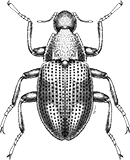
Coleoptera
“Adult Beetles”

Coleoptera
“Larval Beetles”

Diptera
“True Flies”

Ephemeroptera
“Mayflies”
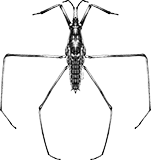
Hemiptera
“True Bugs”

Lepidoptera
“Aquatic Caterpillars, Snout Moths”

Megaloptera
“Alderflies, Dobsonflies, and Fishflies”
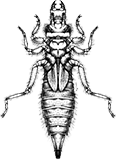
Odonata
“Dragonflies and Damselflies”
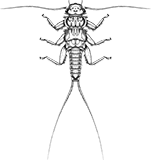
Plecoptera
“Stoneflies”
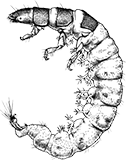
Trichoptera
“Caddisflies”
family
Nemouridae
genus
Amphinemura
“Spring Stoneflies, Forestflies”
Genus Overview
There are 16 North American species in this genus. Mature larvae are 5-8 mm in length. It is believed that all eastern species have a univoltine life cycle, having only one generation per year. Eggs often go through a diapause for up to 6 months. Larvae grow slowly during the cold part of the year, and faster when it is warm. Larvae emerge as adults in the Spring or Fall depending on the species. There has been little study on larval feeding habits, although they are thought to be mostly shredding detritivores. They are usually found in lotic-erosional and depositional habitats in detritus. They can be separated from other Nemourid genera by their paired cervical gills with 5 or more branches, arising from the base, each filament subequal in length.
Characteristics
POLLUTION TOLERANCE
Southeast: 3.4
Upper Midwest: 3
0 = least tolerant, 10 = most tolerant
FEEDING HABITS
Collector / Gatherer
Shredder / Detritivore
Shredder / Detritivore
MOVEMENT
Clinger
Sprawler
Sprawler
DISTRIBUTION
Widespread (east of the Rocky Mtns.)
HABITAT
Lotic-depositional
Lotic-erosional
Lotic-erosional
Diagnostic Characters
order
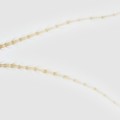
Two Tails
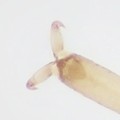
Two Tarsal Claws
family
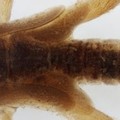
Divergent Hind Wing Pads
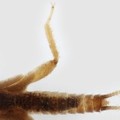
Hind Legs Reach
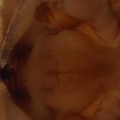
Paraglossae And Glossae Subequal
genus
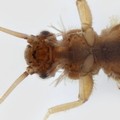
Cervical Gills
+ Expanded Character List
Order:
Wings developing in wing pads. Mouthparts suitable for chewing. Gills digitiform and located near mouthparts, on neck, sides of thorax, or underside of base of abdomen, never on top or sides of abdomen. Two tarsal claws per leg. Only two tails (cerci).
Family:
Larvae generally small (less than 12 mm long), robust, and hairy. Paraglossae and glossae about same length, suitable for shredding. Hind wing pads conspicuously divergent from body axis. First tarsal segment of each leg much longer than second. When extended, hind legs reach beyond end of abdomen.
Genus:
A pair of gills emerge from the cervical sclerites; each cervical gill has 5 or more filamentous branches of about the same length, and all originating at the same place on the base of the gill.
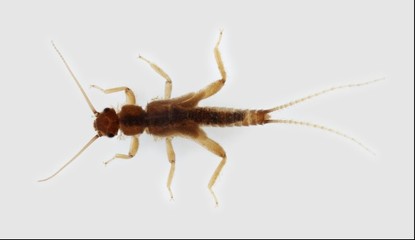
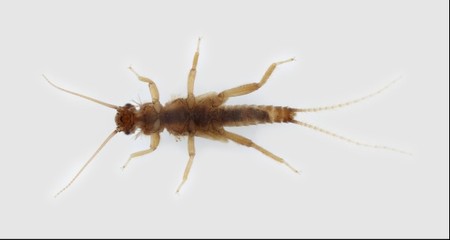
Dorsal
Ventral



